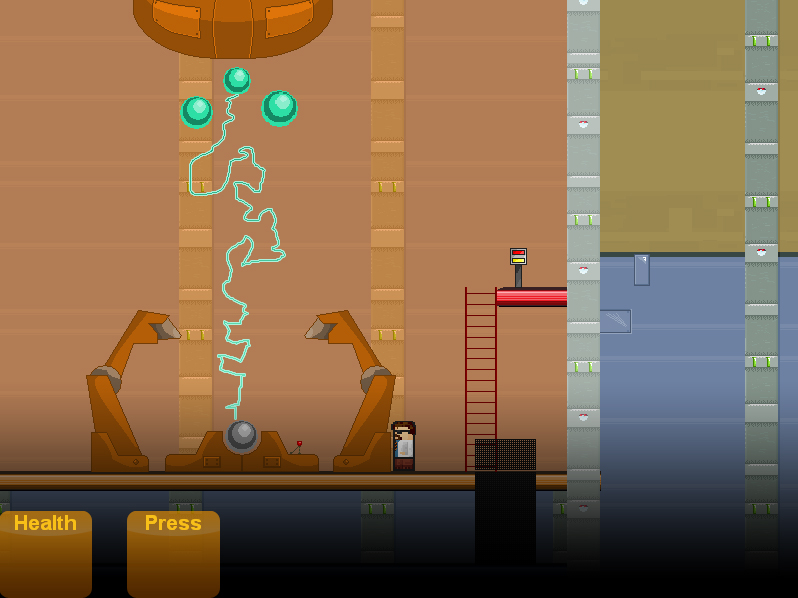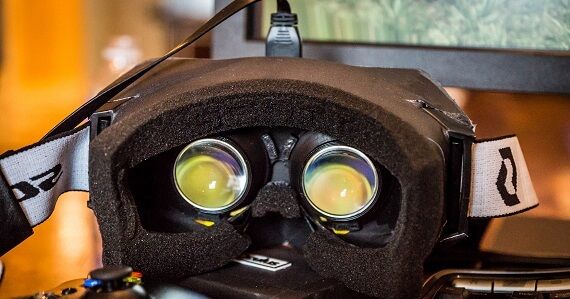
There wasn't one big game that marked the transition, more a slow giving into inevitability.ĭedicated 3D cards came into their own around 1997, with several competing, mutually incompatible brands fighting it out for dominance. Even technical showpieces like the original Unreal would run in so-called 'software mode'.

#Half life source 3d anaglyph Pc
This high-end mode slowly became the standard experience, yet it was a long time before video cards became mandatory for playing PC games. Games increasingly offered a high-end mode that offered a higher resolution and additional effects without a specific need for extra hardware – bar a hefty processor. Most people didn't really see the need for dedicated video cards at first because, to put it bluntly, there wasn't much of one. Like all graphics technology, this quickly improved over the next few years, but it was increasingly obvious that simply throwing more CPU power at games wasn't going to cut it. But the world was still drab, ugly and simplistic, with enemies that looked like they'd been knocked into shape with a sledgehammer and textures that would have lowered the tone in a morgue.

Technically, they were better, and the improvement in animation was stunning – an early sequence where a snarling Fiend leaps out of a door to attack the player directly is one of many gamers' fondest memories, to say nothing of the first episode's room-sized, lava-throwing monster Cthon. 3D GAME CHANGER: First-person shooter bosses like this were unheard of before Quake was released in 1996


 0 kommentar(er)
0 kommentar(er)
